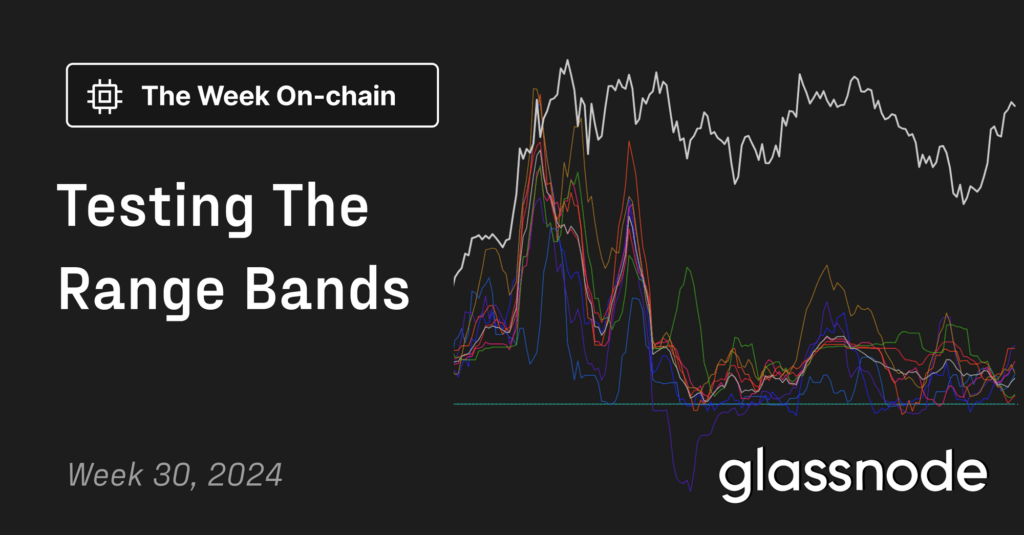Research Summary
The report discusses the role and impact of decentralized exchanges (DEXes) in the DeFi ecosystem, focusing on liquidity providers, trading volumes, and the risks associated with impermanent loss. It highlights the advantages of DEXes over centralized exchanges (CEXes), such as deeper liquidity and the democratization of market participation. The report also emphasizes the importance of understanding the nuances of DEXes for both casual traders and sophisticated liquidity providers.
Key Takeaways
Decentralized Exchanges and Liquidity
- Role of Liquidity Providers: Liquidity providers (LPs) play a crucial role in DEXes by supplying assets to liquidity pools. They earn trading fees, typically between 80% to 90%, as incentives for providing liquidity, ensuring the sustainability of the ecosystem.
- Advantages of DEXes: DEXes offer deeper liquidity at price levels farther from the midpoint compared to CEXes. They also provide flexibility in creating markets for tokenized assets without the restrictions commonly associated with traditional platforms.
- Uniswap v3’s Liquidity: Uniswap v3 offers a more balanced distribution of liquidity compared to centralized exchanges, particularly at extreme price points. It outperforms the top 10 centralized exchanges in terms of liquidity within a +/- 6% price depth.
Trading Volume and Market Participation
- Increasing Preference for DEXes: The share of trading volume on DEXes compared to CEXes has increased from 8% in October 2022 to 12% as of October 2023, indicating a rising preference for DEXes likely driven by their liquidity benefits.
- Automated Trading Dominance: Automated trading participants account for over 60% of the total trading volume in the largest liquidity pools on DEXes. They dominate DEXes like Uniswap due to the visibility of pending transactions in Ethereum’s mempool, which allows them to execute arbitrage strategies effectively.
Risks and Challenges
- Impermanent Loss: LPs face the risk of impermanent loss, which occurs when the price of assets within a liquidity pool diverges from external markets. This can potentially result in a reduction in the value of their holdings. However, impermanent loss can be reversed if asset prices in the pool revert to their original levels.
- Risks from Automated Traders: The prevalence of automated traders on DEXes brings both opportunities and challenges. While they contribute to market efficiency, they also pose risks to passive LPs.
Actionable Insights
- Understanding Impermanent Loss: LPs need to understand the concept of impermanent loss and how it can impact their holdings. They can try to remain profitable by operating in sideways markets where asset prices don’t fluctuate wildly, participating in stablecoin pairs with high trading volumes and low price divergence, and utilizing the constant rebalancing inherent in LP positions as a form of dollar-cost averaging.
- Recognizing the Role of Automated Traders: Both casual traders and sophisticated liquidity providers should recognize the role of automated traders in DEXes. They should understand how the visibility of pending transactions in Ethereum’s mempool allows automated traders to execute arbitrage strategies effectively.
- Navigating the Evolving Trading Landscape: As the DeFi sector continues to mature, participants should equip themselves with a comprehensive understanding of the nuances of DEXes to navigate the evolving trading landscape effectively.












